Razer Blade 17 Review – 2024 Updated
- 1 Razer Blade 17 Specifications
- 1.1 Pros
- 1.2 Cons
- 1.3 Price
- 1.4 Ports
- 1.5 Design
- 1.6 Keyboard and Touchpad
- 1.7 Display
- 1.8 Should You Buy It?
- 1.8.1 Reasons to Buy:
- 1.8.2 Reasons to Reconsider:
- 2 Verdict
- 2.1 FAQs
- 2.1.1 1. What are the key specifications of the Razer Blade 17 (2021)?
- 2.1.2 2. How does the Razer Blade 17 handle gaming?
- 2.1.3 3. Is the Razer Blade 17 portable?
- 2.1.4 4. What is the price range for the Razer Blade 17 models?
- 2.1.5 5. Can the keyboard be customized?
- 2.1.6 6. What ports are available on the Razer Blade 17?
- 2.1.7 7. Is the display quality sound on the Razer Blade 17?
The Razer Blade 17 (2021) is a high-end gaming laptop that can compete with the best of them. The least expensive model costs $2,400, but the model we tested costs a stunning $3,700. The newest Blade 17 has much going for it, including a 1TB SSD, 32GB of RAM, and an Nvidia GeForce RTX 3080 graphics processing unit (GPU). The 120Hz OLED screen and abundant input and output options are notable features.
The Blade 17 is at home on a desk, in a hotel room, or a tournament arena, so it has the potential to serve as your primary gaming and productivity computer for years to come. Yet, Blade 17 doesn’t have quite the quality feel one would expect from a machine at its price. At over six pounds, it is neither the lightest nor the thinnest gaming laptop available. Furthermore, the membrane keyboard is small and awkward to use in today’s compact numeric keypads and sleek mechanical keys.
Razer Blade 17 Specifications
| GPU | Nvidia GeForce RTX 3080 |
| CPU | Intel Core i9-11900H |
| RAM | 32 GB |
| DISPLAY | 17.3″, 4K OLED, 120 Hz |
| DIMENSIONS | 15.6 x 10.2 x 0.8 inches |
| WEIGHT | 6.1 pounds |
| STORAGE | 1 TB SSD |
| CAMERA | FHD Webcam w/ IR |
Pros
- Powerful parts
- Great performance
- Beautiful OLED screen
Cons
- Very expensive
- Keyboard was crowded
Price
As previously established, the Razer Blade 17’s base configuration can be purchased for $2,699.99 (or £2,999.99 or AU$ 4,899). This will get you a machine with an RTX 3060 graphics processing unit (GPU), 16GB of DDR5 RAM, and a 165Hz QHD display. All models except one come standard with the most recent Intel Core i7-12800H CPUs from Alder Lake; a Core i9-12900H supplements this in one variant.
You may choose between an RTX 3060, RTX 3070 Ti, or RTX 80 Ti as the GPU, and the screen resolution and refresh rate can be adjusted between 1080p and 4K. Our test unit costs $3,999.99 (£4,299.99; AU$ 7,199), and it features an RTX 3080 Ti graphics card, an Intel Core i7-12800H processor, and a 240Hz 1440p monitor.
Ports
The Blade 17 offers a wide variety of ports. Three USB-A ports, two Thunderbolt USB-C connections, an Ethernet port, a power port, an HDMI port, and an SD card reader are standard on every Blade 17 model. The USB-C and separate power ports allow you a lot of flexibility in the cords you bring, making this a versatile port layout for work and pleasure.
Design
Razer laptops are known for their sleek black bodies and glowing company logos. The Blade 17 is undeniably a cutting-edge piece of hardware, devoid of the flashy “gaming” features found on other potent gaming laptops, like the Asus ROG Strix SCAR 17 G733’s RGB bar and furious font.
While the chassis is sleek and stylish, it shows every fingerprint and smudge, and the keyboard’s Razer Chroma RGB illumination remains intact, making maintenance a challenge. But the beautiful keyboard has keys that feel widely spaced for a laptop, making them feel more like an actual, separate keyboard, which should make it easier for people who are used to writing on a desktop to transition to laptop use. The keyboard’s clicky, non-squishy keys make it a pleasure to use. The power button has been moved from the right speaker grill to the top right of the keyboard, which is awkward if you type quickly but didn’t cause us any problems.
Keyboard and Touchpad
Because of the size of the speakers on either side of the keyboard, typing on the Razer Blade 17 is uncomfortable. Although having speakers larger than usual on a laptop can be helpful in certain circumstances, I would have preferred having a numeric keypad or at least a bit more room between the keys. The reduced size of the up and down arrow keys contributed to many typos.
However, I liked that the keyboard could be fully customized with RGB customization help from the Razer Synapse program. The touchpad was also easy to use and rarely caused any inconvenience. If you’re serious about gaming, I still advise using a separate mouse. Even touch typists should consider getting a portable wireless keyboard.
Display
One of the most intriguing features of our Razer Blade 17 was its display. After putting the 4K OLED touchscreen through its paces with various games, shows, and work apps, I was reluctant to switch back to an LCD panel. While not every Blade 17 has a 4K OLED display, our review of the Razer Blade 15 Advanced should give you a good idea of the quality of Razer’s standard LCDs. The Blade 17 holds its own against comparably powerful alternatives like the Maingear Vector Pro and Razer’s other heavyweight; the Razer Blade Advanced 15.
It has the highest brightness of the three and provides better coverage of the sRGB spectrum than the Blade 15. There isn’t a massive gap between the Blade 17 and the Vector Pro regarding colour accuracy (a lower delta-E equals higher colour accuracy). Still, there is also no massive gap in colour accuracy. The qualitative difference is much more significant; an OLED panel looks superior in most cases, especially with dark visuals that require nuanced contrast.
Should You Buy It?
The Razer Blade 17 (2021) is a powerhouse gaming laptop with impressive specifications and performance, making it a viable option for gamers and professionals. Here are some key considerations to help you decide if this laptop is right for you:
Reasons to Buy:
- High Performance: With an Intel Core i9-11900H processor, 32GB of RAM, and an Nvidia GeForce RTX 3080 GPU, the Razer Blade 17 delivers exceptional performance for gaming, video editing, and other demanding tasks.
- Stunning Display: The 17.3″ 4K OLED display with a 120Hz refresh rate offers vibrant colours, deep blacks, and smooth visuals, enhancing your gaming and multimedia experience.
- Port Selection: The laptop provides a comprehensive selection of ports, including USB-A, USB-C, Ethernet, HDMI, and an SD card reader, ensuring connectivity for various peripherals and devices.
- Build Quality and Design: The sleek, minimalist design with a black aluminium chassis and customizable Razecustomizable keyboard adds to its aesthetic appeal, making it suitable for gaming and professional environments.
Reasons to Reconsider:
- Price: The Razer Blade 17 is very expensive, with the model we tested costing $3,700. The high cost may not be justifiable for everyone, especially considering the competition.
- Portability: At over six pounds, it is not the lightest or most portable gaming laptop, which might be a drawback for those who are frequently on the go.
- Keyboard: Although the membrane keyboard is customizable, it is free and awkward, which could affect typing comfort and accuracy during extended use.
If you prioritize high-quality, stunning display and a wide range of connectivity options and are willing to invest in a premium device, the Razer Blade 17 is an excellent choice. However, you might want to explore other options if you want a more affordable, portable, or comfortable keyboard experience.
Verdict
The Razer Blade 17 (2021) is a formidable gaming laptop that excels in performance, display quality, and connectivity. Its high price and some design drawbacks, such as the keyboard layout and overall weight, may deter some potential buyers. However, for those seeking a top-tier gaming and productivity machine, the Blade 17 delivers on most fronts, making it a worthwhile investment for serious gamers and professionals.
FAQs
1. What are the key specifications of the Razer Blade 17 (2021)?
- GPU: Nvidia GeForce RTX 3080
- CPU: Intel Core i9-11900H
- RAM: 32 GB
- Display: 17.3″ 4K OLED, 120 Hz
- Dimensions: 15.6 x 10.2 x 0.8 inches
- Weight: 6.1 pounds
- Storage: 1 TB SSD
- Camera: FHD Webcam w/ IR
2. How does the Razer Blade 17 handle gaming?
- The Razer Blade 17 offers exceptional gaming performance with its high-end GPU, fast refresh rate display, and ample RAM. It can smoothly handle the latest AAA titles at high settings.
3. Is the Razer Blade 17 portable?
- The laptop weighs over six pounds and has a relatively large footprint, making it less portable than other gaming laptops. It’s better suited for use as a desktop replacement or in stationary settings.
4. What is the price range for the Razer Blade 17 models?
- The base configuration starts at around $2,400, while higher-end models, depending on the specifications, can cost up to $3,700 or more.
5. Can the keyboard be customized?
- The customised Synapse program allows you to fully customize the device and adjust the RGB lighting and critical functions.
6. What ports are available on the Razer Blade 17?
- The laptop includes three USB-A ports, two Thunderbolt USB-C connections, an Ethernet port, a power port, an HDMI port, and an SD card reader, providing extensive connectivity options.
7. Is the display quality sound on the Razer Blade 17?
- One of the Razer Blade 17’s standout features is its 4K OLED display. It offers vibrant colours, deep blacks, and excellent brightness, making it ideal for gaming and multimedia consumption.

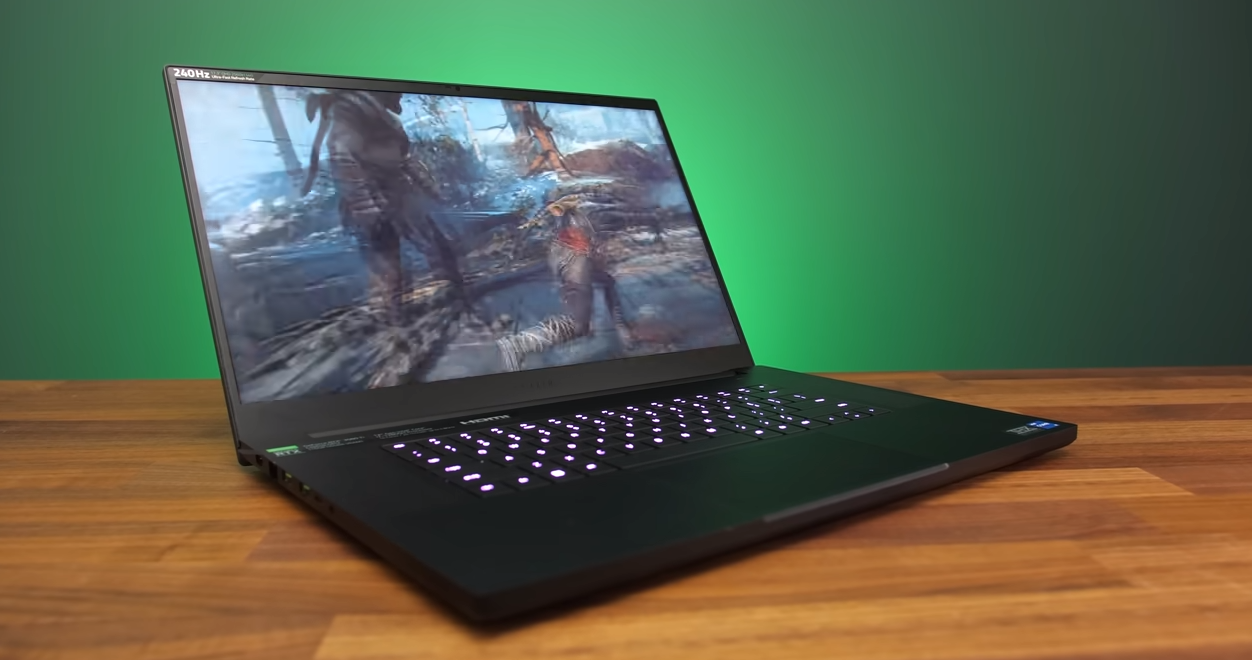
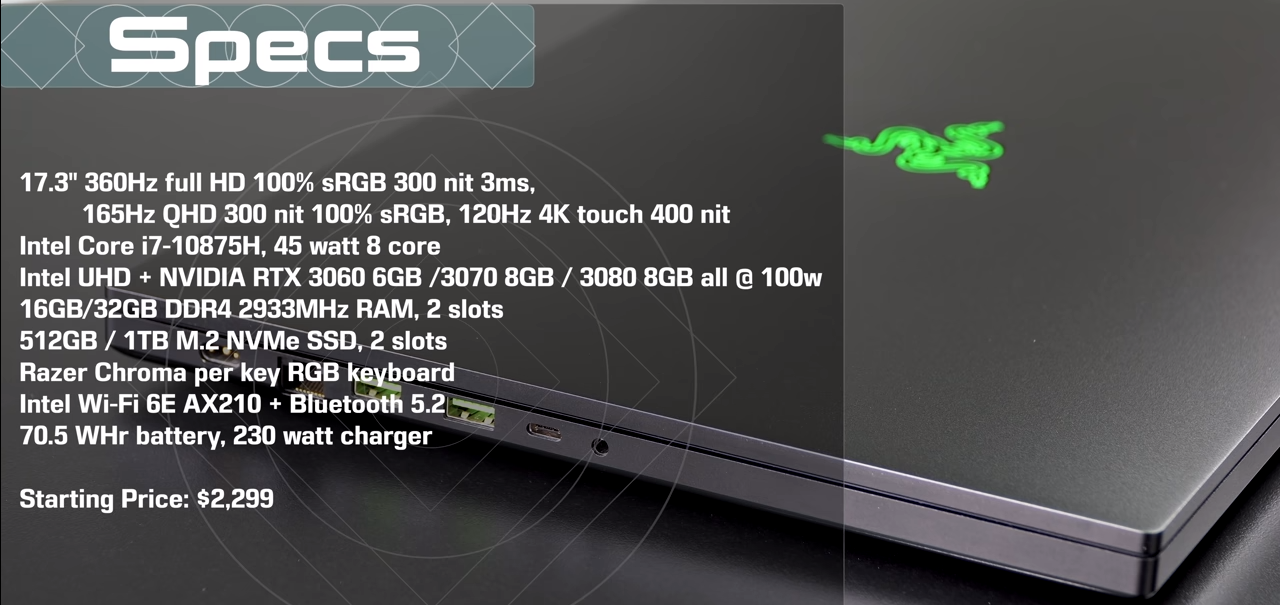
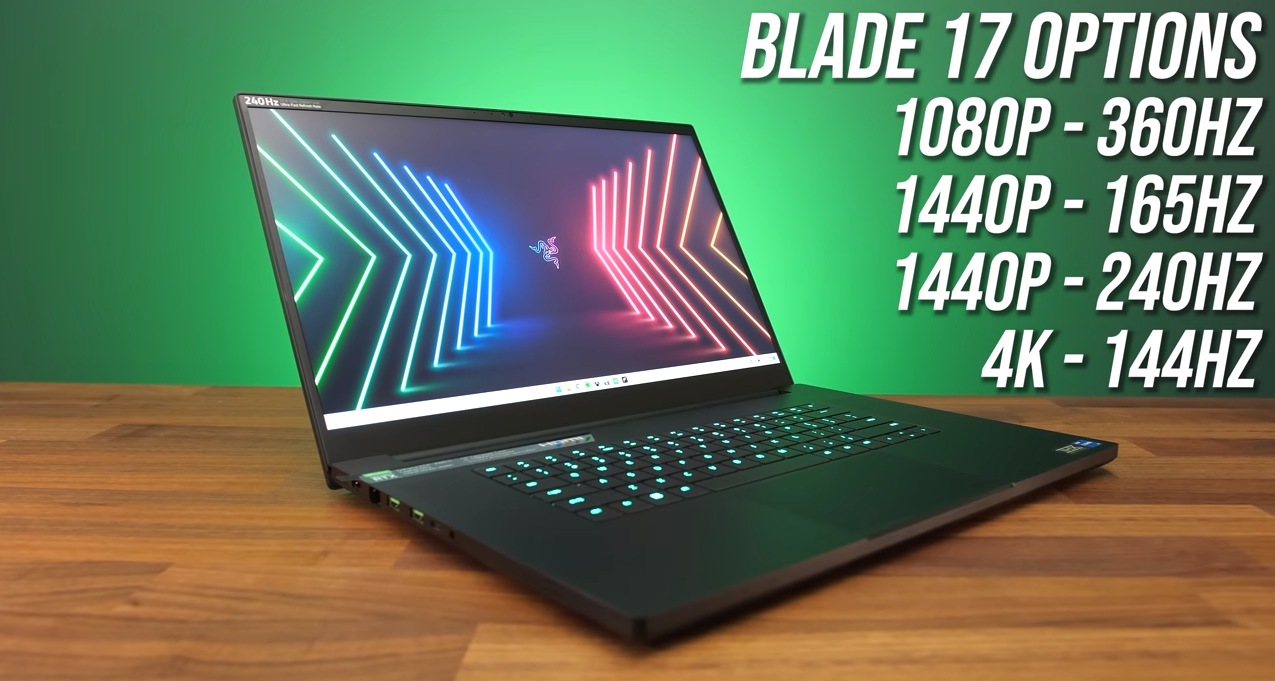
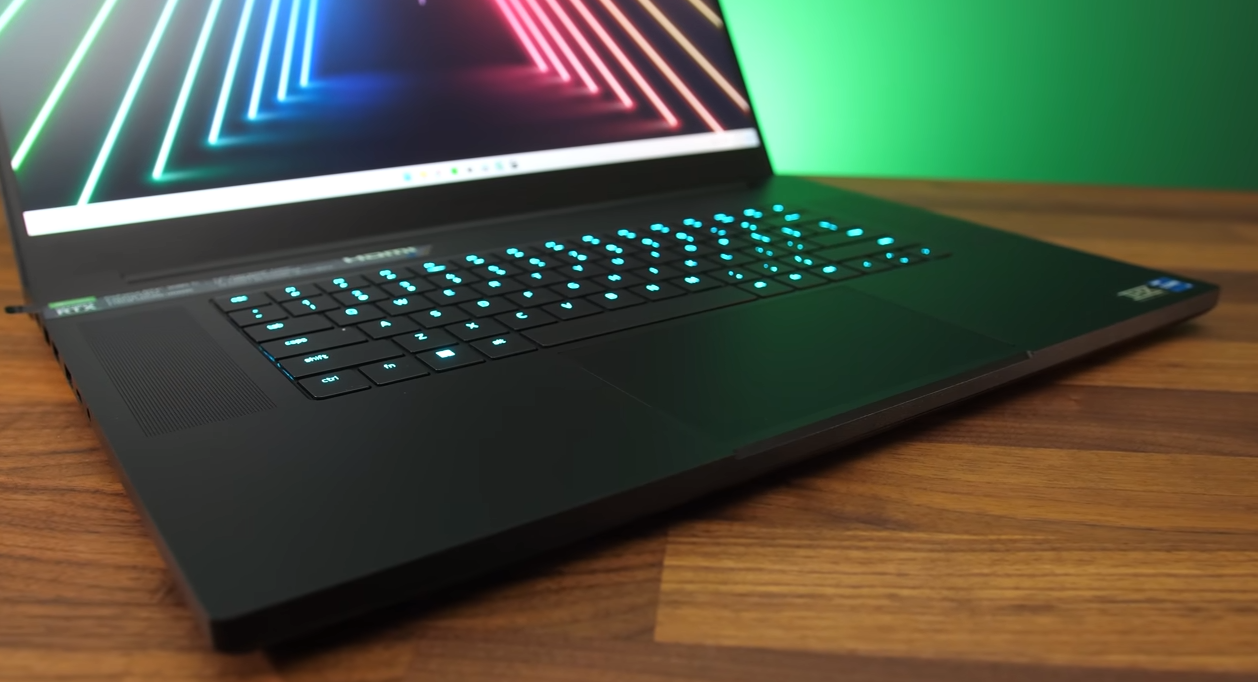
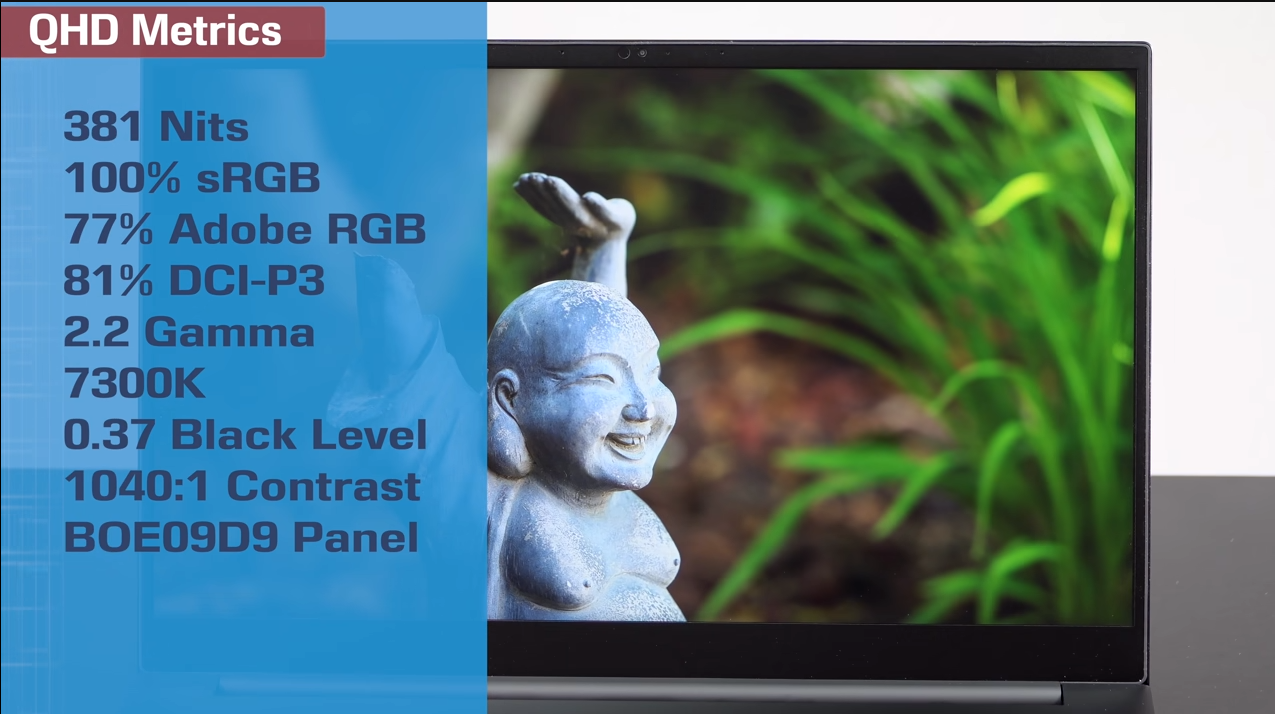
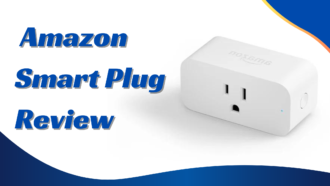
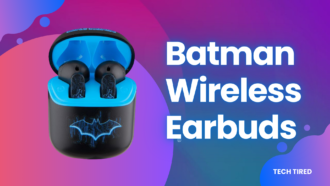
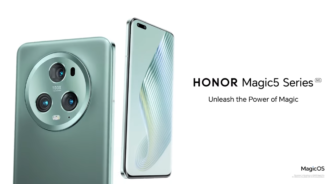













I have been exploring for a little bit for any high-quality articles or blog posts in this kind of area . Exploring in Yahoo I at last stumbled upon this web site. Studying this info So i’m happy to express that I have an incredibly excellent uncanny feeling I found out just what I needed. I such a lot without a doubt will make sure to do not disregard this site and give it a look on a continuing basis.